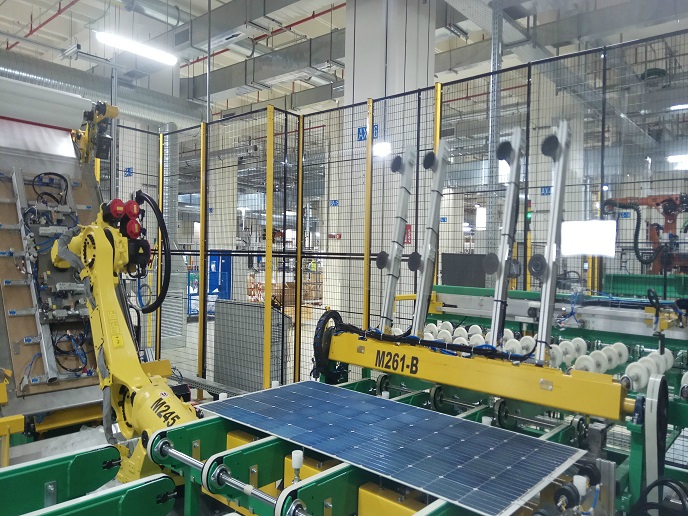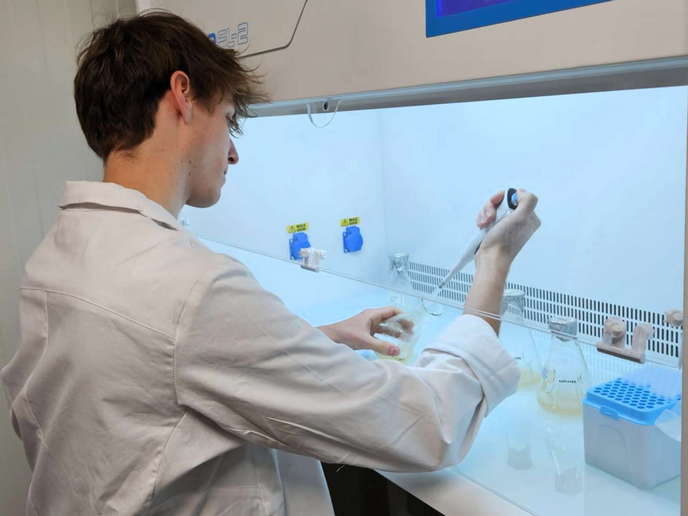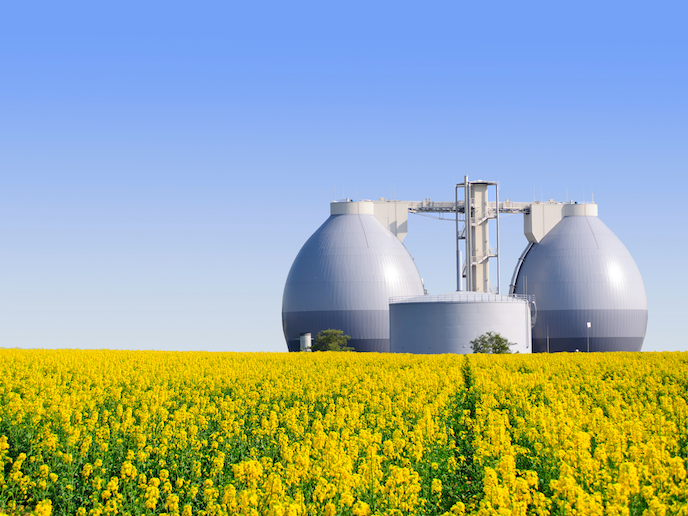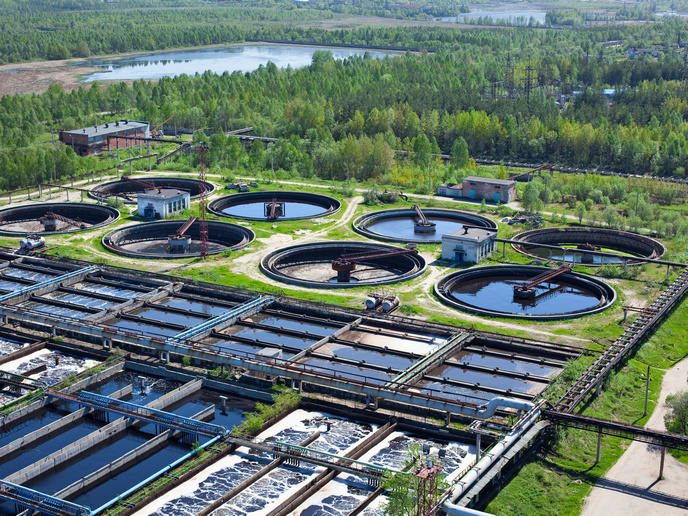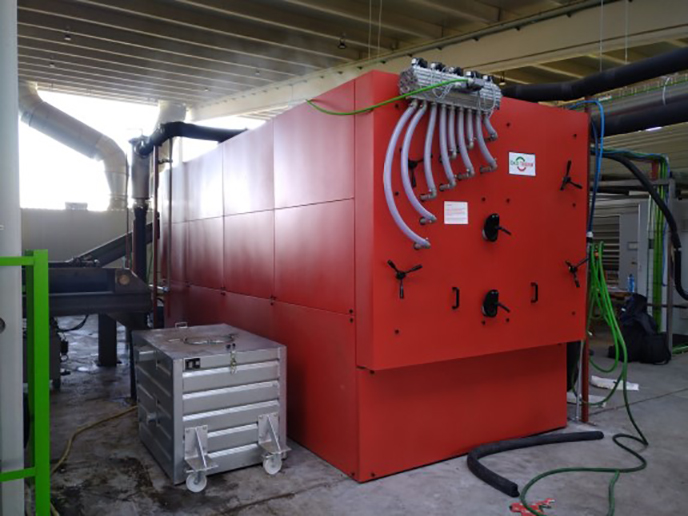Cutting-edge solar panel and cell technology to restore Europe’s leading position in photovoltaics
“The European PV industry can’t fall behind; it must reclaim its market share to become a major player in the energy transition and address its energy independence,” says Claudio Colletti, coordinator of the EU-funded AMPERE project. To tackle this issue, it’s developing PV modules that are more efficient and reliable with a longer shelf life. “These modules will ensure high efficiency and energy production levels on the one hand, and low deterioration rates on the other.” To produce the PV bifacial silicon heterojunction technology (HJT) modules and solar cells, AMPERE is developing a sustainable, full-scale automated 200 MW manufacturing line. It will be set up for production in an industrial environment at one of the largest PV production plants in Europe based in Catania, Sicily. The factory will work on a continuous cycle, 24 hours a day, 365 days a year, and will produce about 1 400 PV panels a day, making about 500 000 a year. A trailblazing PV-cell-and-module manufacturing plant Team members are converting the Italian plant’s silicon thin-film production line into a production line that can manufacture HJT modules and cells for greater cell efficiency and more PV module power. To do so, they have upgraded the obsolete technology facilities into an innovative industry 4.0 plant “that can be a springboard for a new network of PV manufacturing plants to be established in Europe,” says Colletti. Project partners created a new assembly line of monocrystalline cells for the production of the panels with bifacial architecture. They installed a new production line for HJT cells. The newly-fabricated HJT solar modules are expected to enhance electricity production capacity by 15 % compared with the PV market mainstream technologies. This will lower the cost of produced electrical energy. The manufacturing plant in Catania started production in summer 2019 with a ramp-up to full production capacity of 200 MWp/y. Many process developments are in the qualification phase and will be integrated into the manufacturing line. Reliability studies on materials and modules are underway and will be made available to the scientific community when complete. The main results of this first production phase will be presented at major industry conferences. Powering up the European PV ecosystem The AMPERE team is conducting a series of studies to validate the technical, economic and environmental sustainability of the new technology and the 200 MW production plant. The viability of the technology in terms of throughput, reliability, costs, efficiency and project bankability will be demonstrated, showing the final products’ potential for cost and performance competitiveness. “Our ultimate goal is to regain a competitive edge across the entire PV value chain, from materials to equipment and cell and module manufacturers, by developing innovative manufacturing solutions at a competitive cost for the European PV industry,” concludes Colletti. “This should pave the way for the first factory in Europe capable of producing a gigawatt peak of electricity-generating capacity.”
Keywords
AMPERE, photovoltaics (PVs), cell, heterojunction technology (HJT), manufacturing plant, PV module, solar, production plant, electricity, bifacial



